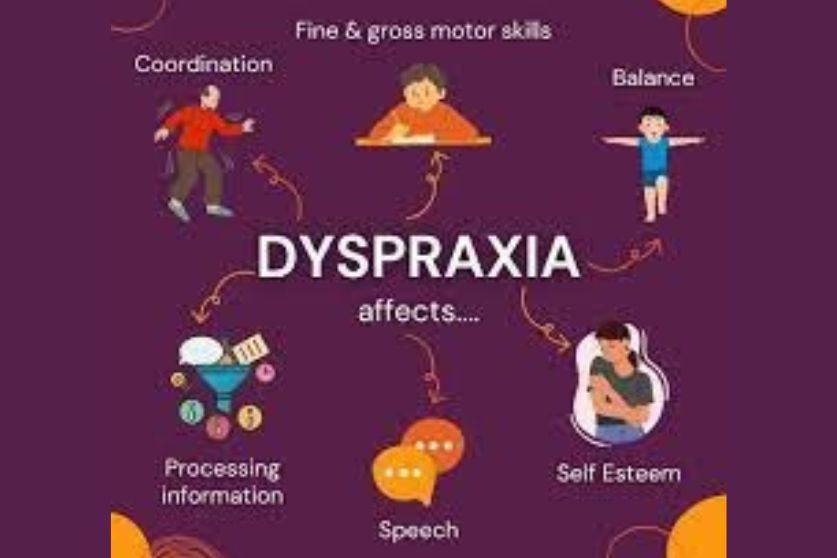Understanding Dyspraxia: When Coordination Meets Courage 💪
Have you ever met a child who’s bright, curious, and full of ideas — yet struggles to tie their shoes, catch a ball, or write neatly on paper? That child might be showing signs of Dyspraxia , also known as Developmental Coordination Disorder (DCD).
Dyspraxia doesn’t define intelligence or creativity; it’s simply a difference in how the brain plans and coordinates movement. And while it can make everyday tasks more challenging, with the right understanding and support, children with Dyspraxia can shine in incredible ways. 🌟
What Is Dyspraxia?
Dyspraxia affects the way the brain sends messages to the body, making movement, coordination, and organization harder than usual. It’s not due to muscle weakness — it’s about how the brain processes and plans actions.
Children and adults with Dyspraxia might struggle with fine motor skills (like writing, using scissors, or buttoning clothes) and gross motor skills (like jumping, running, or riding a bike).
Common Signs of Dyspraxia
* Each individual’s experience is unique, but some common signs include:
* Trouble with balance and coordination (often bumping into things or tripping)
* Difficulty with handwriting or drawing
* Taking longer to learn everyday tasks (tying laces, using utensils, dressing)
* Poor spatial awareness
* Speech difficulties or mixing up word order
* Challenges in organization, sequencing, and planning
Dyspraxia can also affect self-esteem, especially if a child feels “clumsy” or “different” from their peers — which is why early understanding and encouragement are so important.
Strengths You Might Not See at First 💫
While Dyspraxia can bring challenges, it also comes with beautiful hidden strengths. Many children with Dyspraxia show remarkable creativity, problem-solving skills, determination, empathy, and strong verbal or artistic abilities.
They often think outside the box — because they’ve learned to approach problems differently. And that’s a superpower worth celebrating!
How to Support a Child with Dyspraxia
Support begins with understanding. Here are some practical ways parents and educators can help:
* Give extra time to complete tasks — no need to rush.
* Break instructions into smaller, simpler steps.
* Encourage activities that build coordination gently (like swimming, dancing, or yoga).
* Use assistive tools (like pencil grips, typing instead of handwriting).
* Celebrate effort — not just results!
* Collaborate with occupational therapists for motor skill development.
Most importantly, create an environment where mistakes are okay and persistence is praised.
Why Awareness Matters
Dyspraxia affects about 5–6% of children, yet it often goes unnoticed or misunderstood. Teachers might see a “messy writer” or a “clumsy child,” without realizing there’s a neurological reason behind it.
Awareness helps children feel understood — and understanding helps them thrive. 💙

